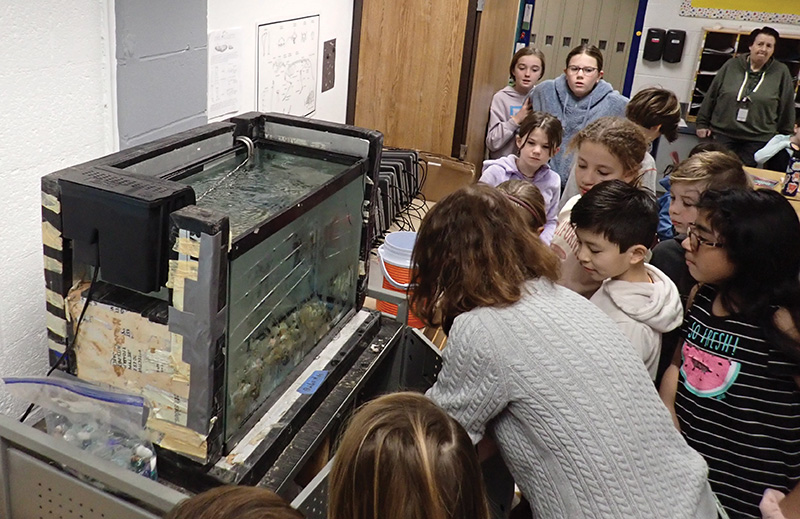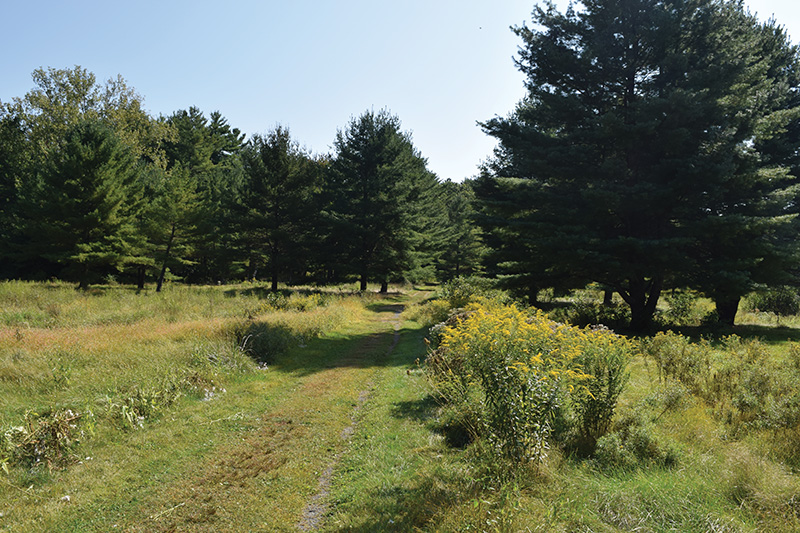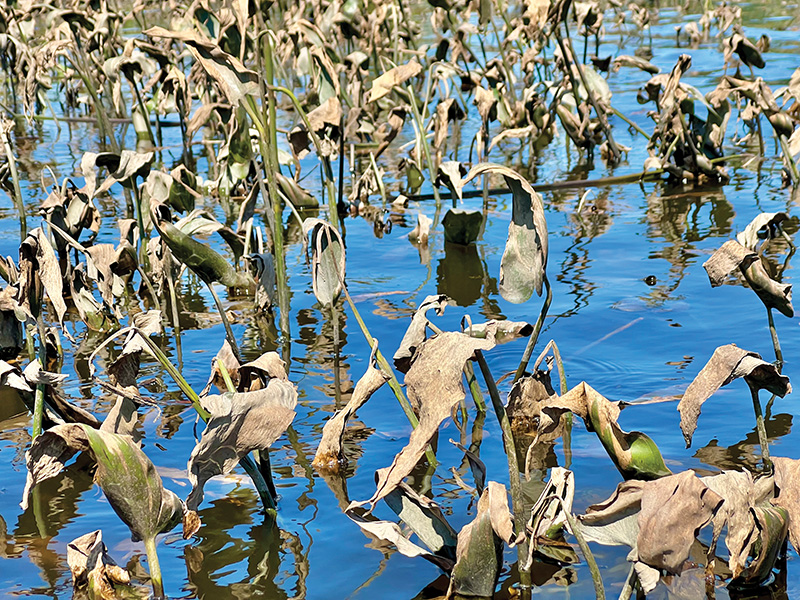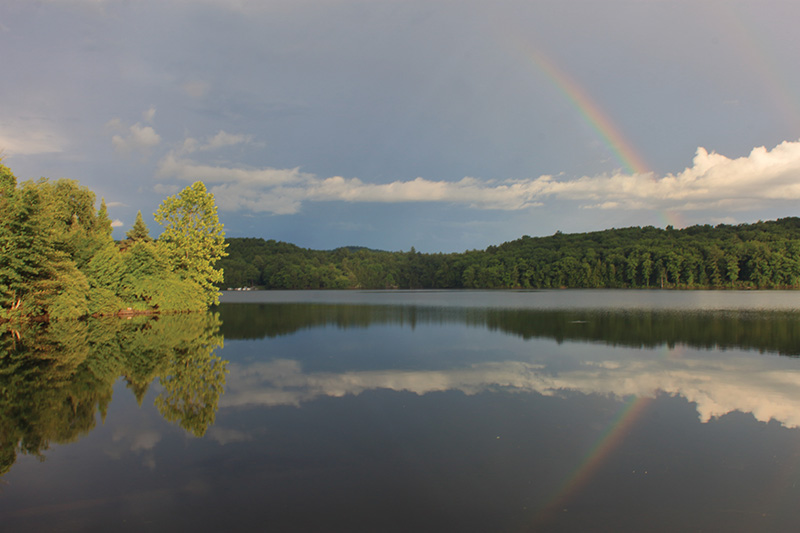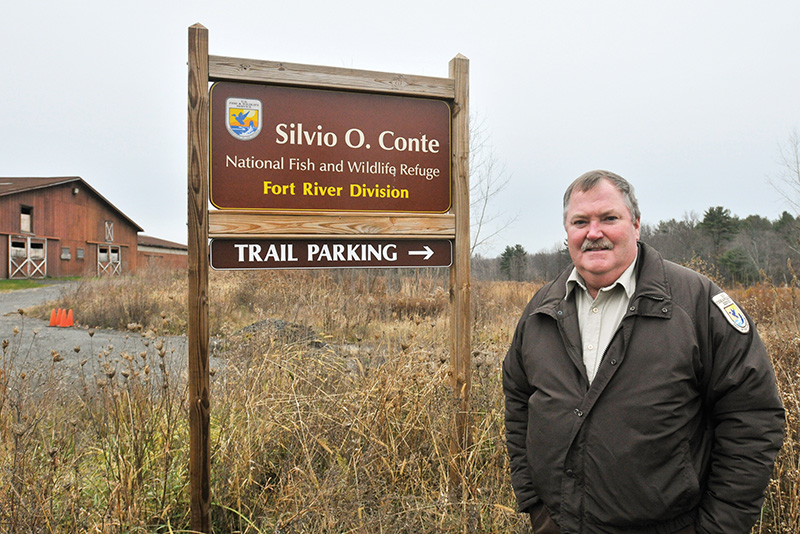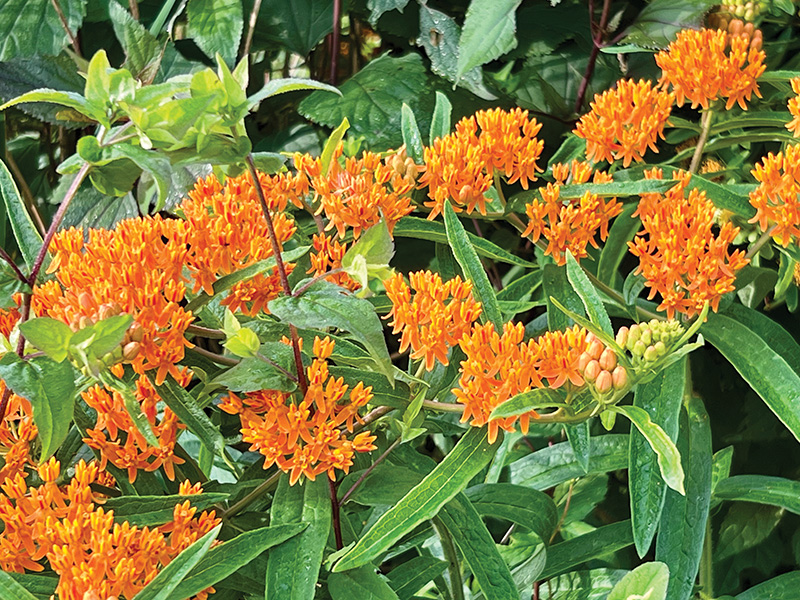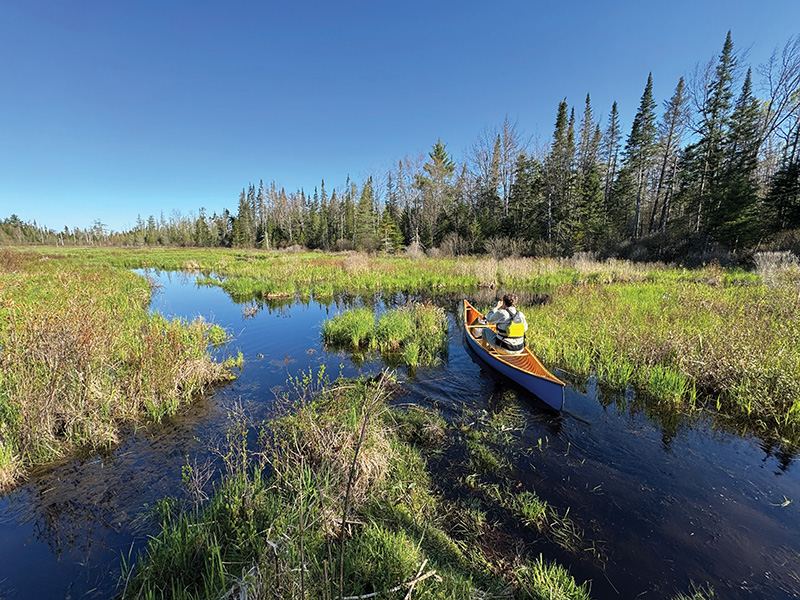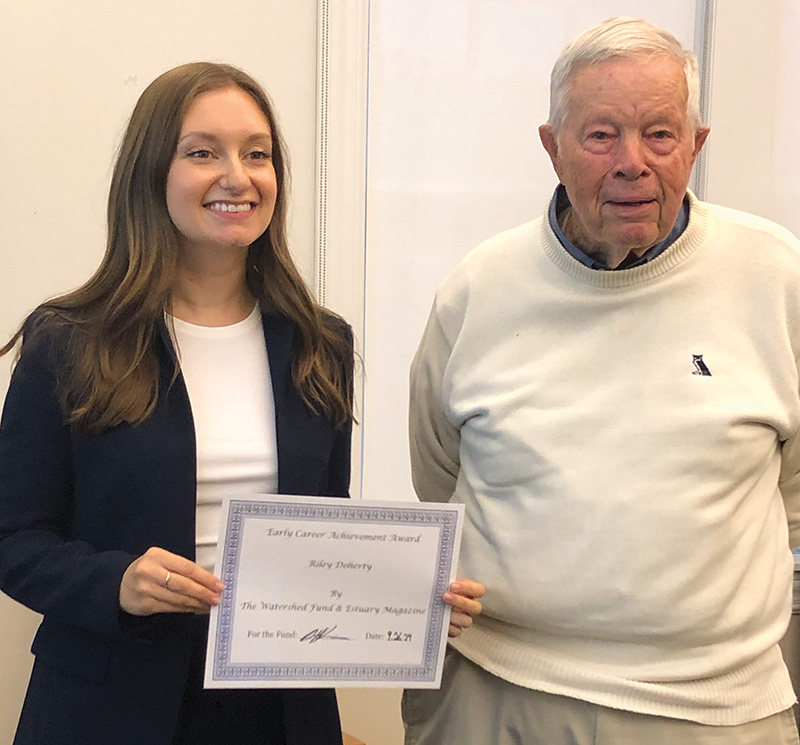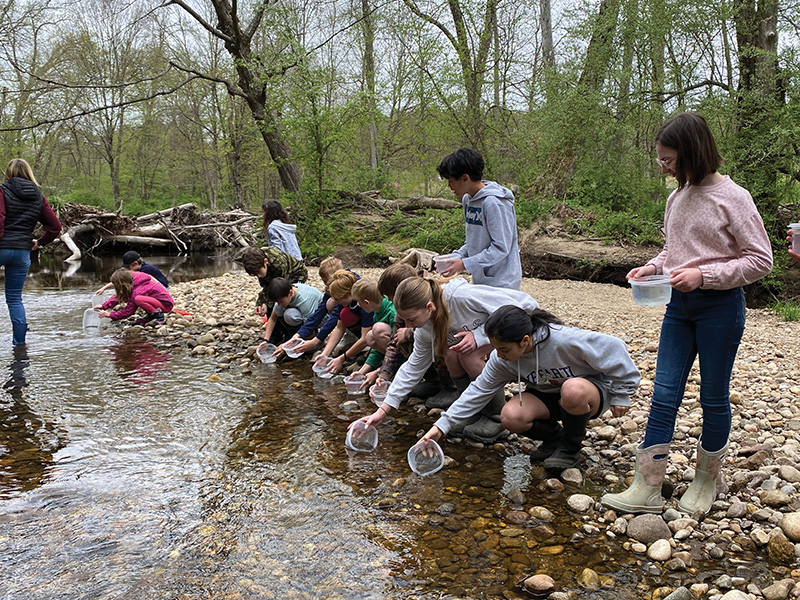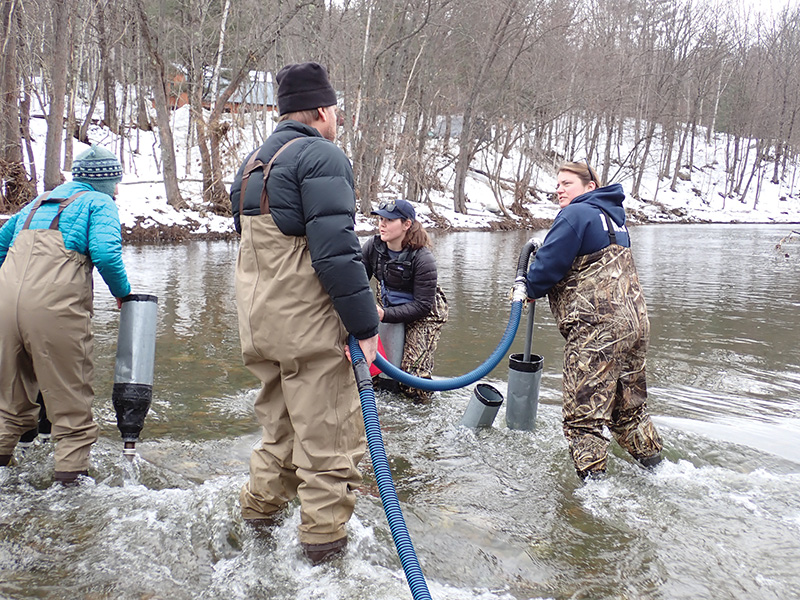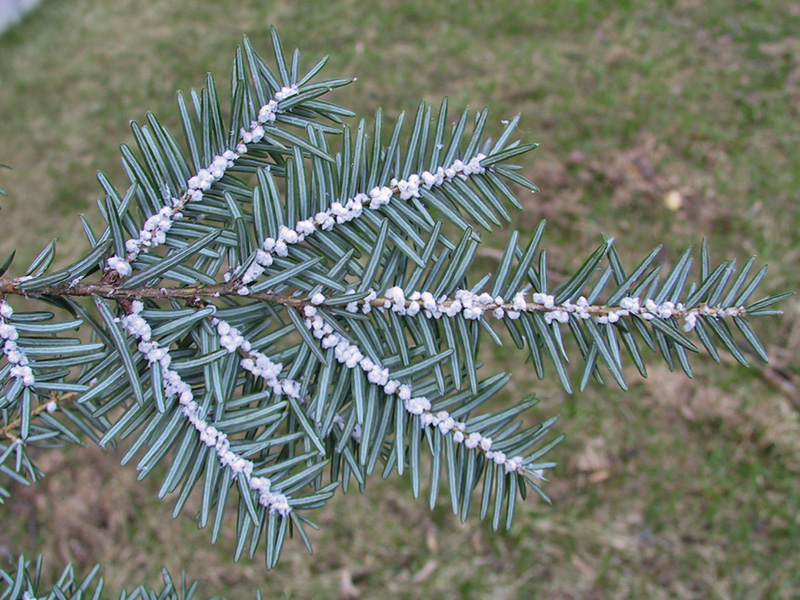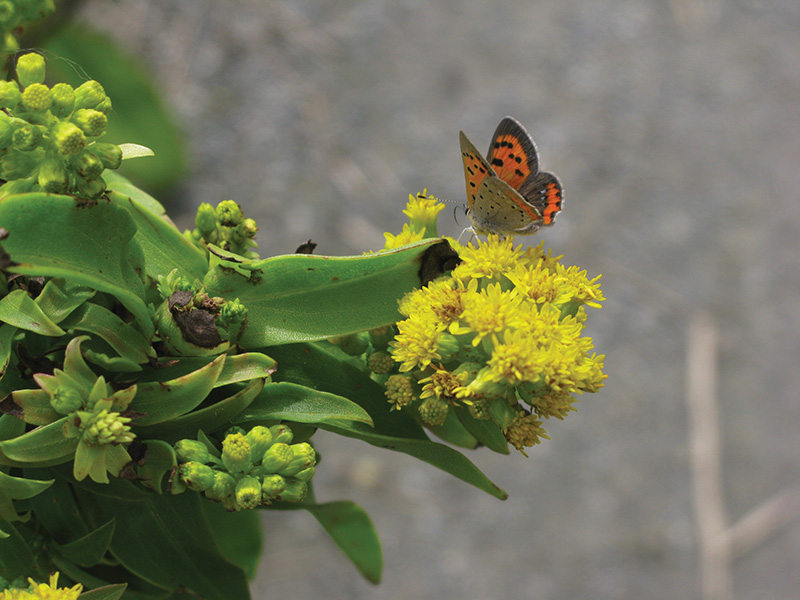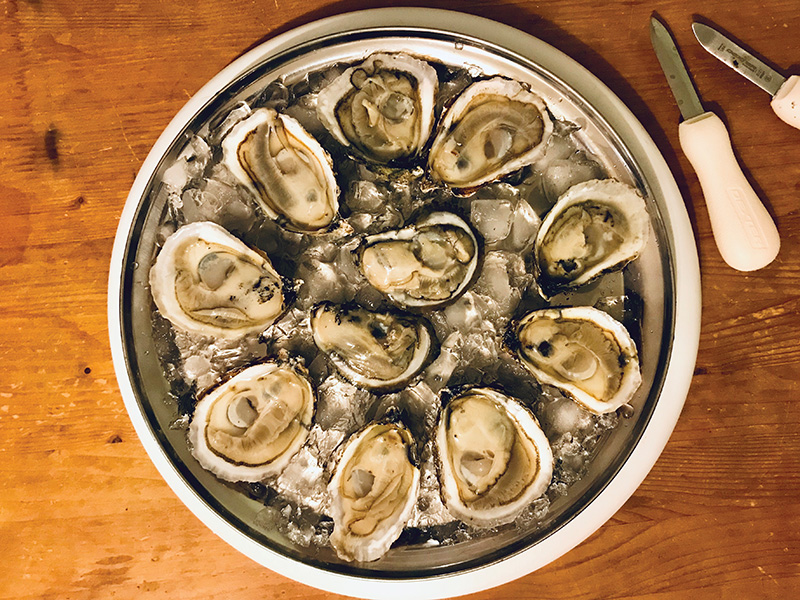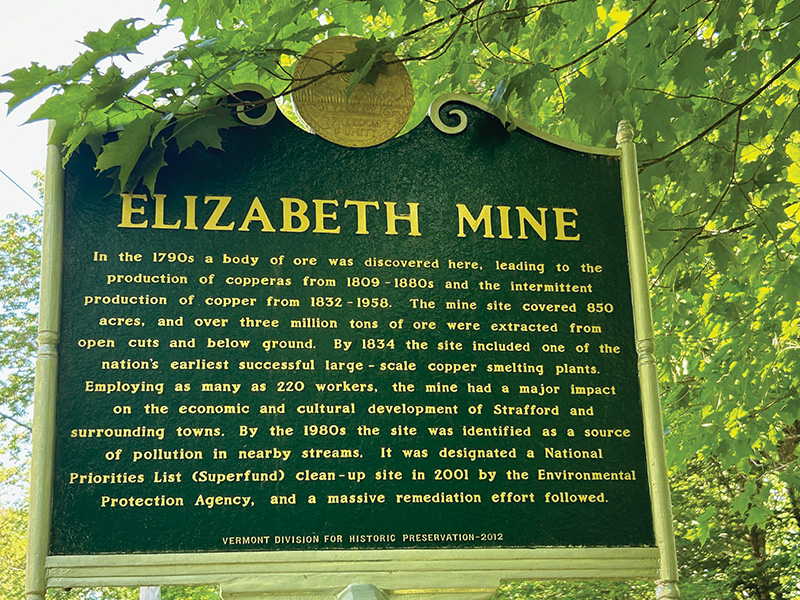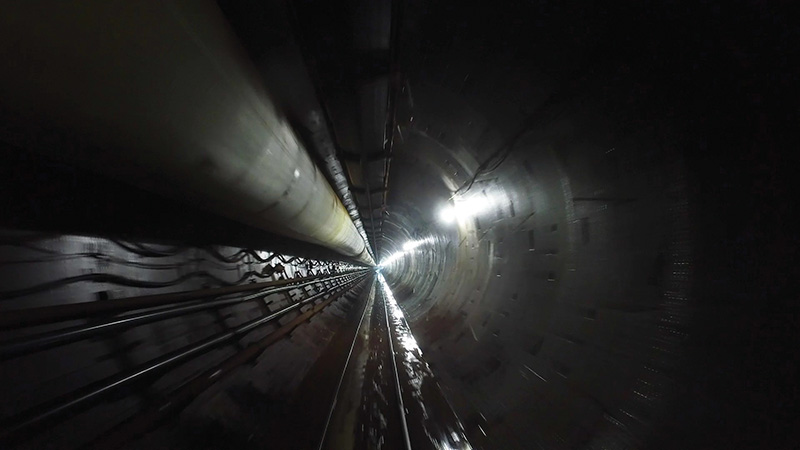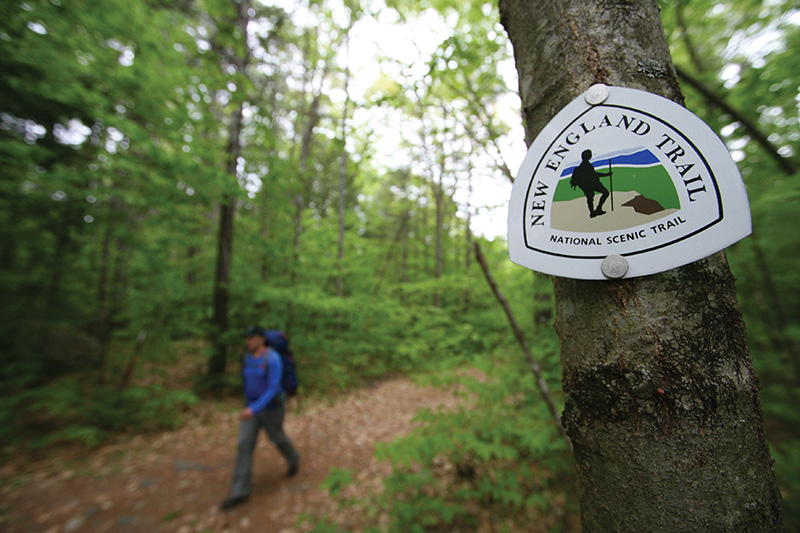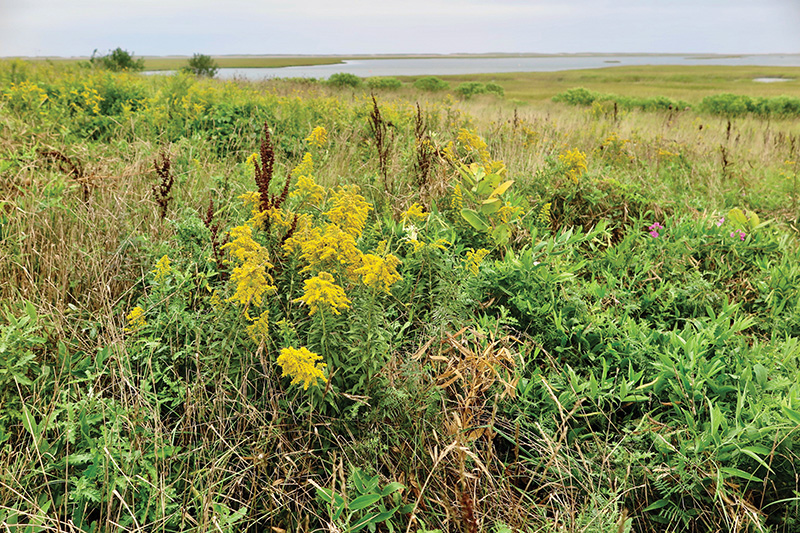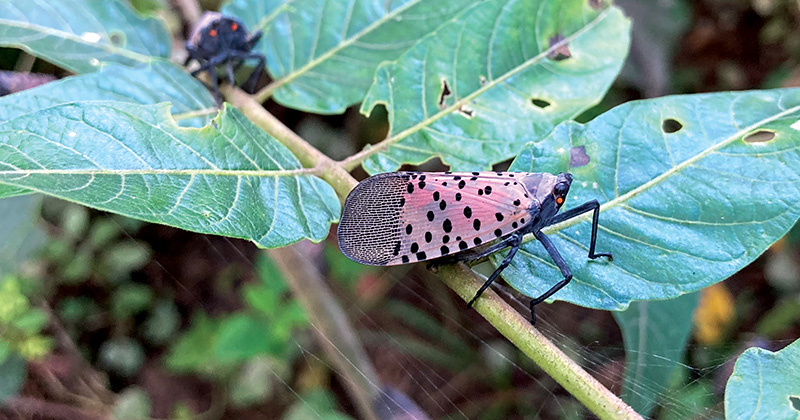We often lament that the carefree days of exploring outdoors with only a dinner bell to call you home are unfamiliar to today’s children. But early learning about the natural world is important.
Rewilding in the Watershed
Project partners from three different organizations wander across fields of goldenrod and burnweed under a perfect September sky. From a boardwalk just a few inches above the wetland soils we inspect alders and cattails, wool grass and smartweed.
Gardening for Good: Gardening for a Changing Climate
In summer 2021, my neighbor sent me a text with a picture of an unusual bird wading in the marsh below his deck. You had to take note, as there are just no big pink birds local to Connecticut. Indeed, that bird—a roseate spoonbill—is typically a resident of Florida and tropics further south. Likely sent off course from a storm that blew it up the coast, it is somehow appropriate to elicit that recollection in a conversation about how our climate is changing in New England.
Local Wastewater Operators Persevere to Improve Our Public Waterways
The adage “When it rains, it pours” is one that is becoming all too familiar and challenging for the future health of our local waterways.
Conte Corner: Fifty Years with Andrew French
I n November 2024, I sat down with Andrew French, Refuge Manager of the Silvio O. Conte National Fish and Wildlife Refuge and the Stewart B. McKinney National Wildlife Refuge and longtime employee of the US Fish and Wildlife Service (USFWS), to discuss his career and perspectives on the Connecticut River watershed.
Gardening for Good: How to Find and Grow Native Plants from Seed
Native plants are at home with local growing conditions and don’t require special tools or even a greenhouse to grow from seed.
Conte Corner: What’s in a Name and a Designation?
National Natural Landmarks, American Heritage Rivers, and Wild and Scenic Rivers—the Connecticut River watershed has been awarded all of these federal designations.
Second Annual Award for Early Career Achievement in Environmentalism
On September 26, 2024, The Watershed Fund and Estuary magazine gave its second Early Career Achievement Award in Environmentalism to Riley Doherty of New Haven, Connecticut.
Supporting More Than Salmon
Historically the Connecticut River supported one of the largest annual runs of Atlantic salmon in North America.
Below the Surface: Plant Eggs to Grow Salmon
Below the water’s surface and even below the top of the streambed is the hyporheic zone. It consists of rocks of many different sizes between which water flows like an underground stream
What Does the Future of Our Forests Look Like?
These are difficult times for our forests. Non-native pests and pathogens are causing great harm and, in some cases, nearly eradicating entire tree species.
Gardening for Good: Ask for Them by Name
Fall is a great time for flowers. They bring a crescendo of color and activity before shorter days and cooler temperatures.
The Oyster
Connecticut is known around the world for its oysters. Long before Dutch explorer Adriaen Block sailed along the coast encountering vast oyster reefs along his way, scores of Indigenous American tribes had been migrating seasonally to the shore to gather the iconic shellfish.
Green Bullets
As a companion to my Fall 2023 story, “The Most Dangerous Animal in America: Shoot to Cull,” it’s important to bring readers’ attention to another critical issue that is little talked about. I begin the story on the rim of the Grand Canyon.
Elizabeth Mine
From pre-colonial virgin forest to copper ore discovery in 1789 by farmer John Taylor, to over 150 years of commercial copper extraction, to abandonment and toxic spoils leached into the Ompompanoosuc River (a tributary of the Connecticut River), to complete reclamation, the mine has undergone profoundly transformative changes.
Below the Surface: Tunneling for Cleaner Water
The Connecticut River is one of the cleanest major rivers on the East Coast, mostly free of untreated sewage.
Conte Corner: The New England National Scenic Trail
The New England National Scenic Trail (NET), a 235-mile-long hiking trail stretching from Long Island Sound in Connecticut to the New Hampshire-Massachusetts border, is a close-to-home trail for millions of New Englanders.
Gardening for Good: Rethinking Weeds
Any number of dictionaries refer to the word “weed” using distasteful associations. For example, you “weed out” troublesome things or people that are “useless or harmful.”
The Dreaded Spotted Lanternfly
Squish them. Squash them. Stomp them. Smash them. That’s been the order of the day from multiple government agencies inciting the citizenry to bring down the boot on any invasive spotted lanternflies they encounter.
Moodus Noises
Since the earliest days of English settlement in the 1600s, folks correctly identified the strange rumblings in the Moodus section of East Haddam, Connecticut, as earthquakes that are heard more than felt, but it was centuries before science explained the cause and mechanism for their creation.

